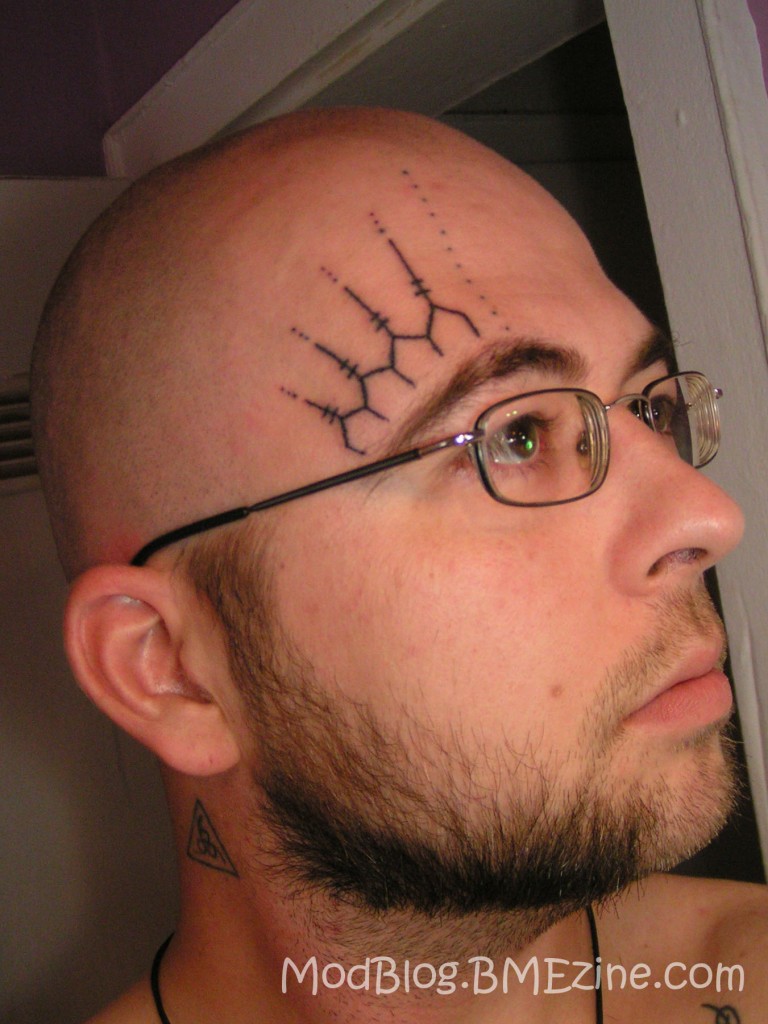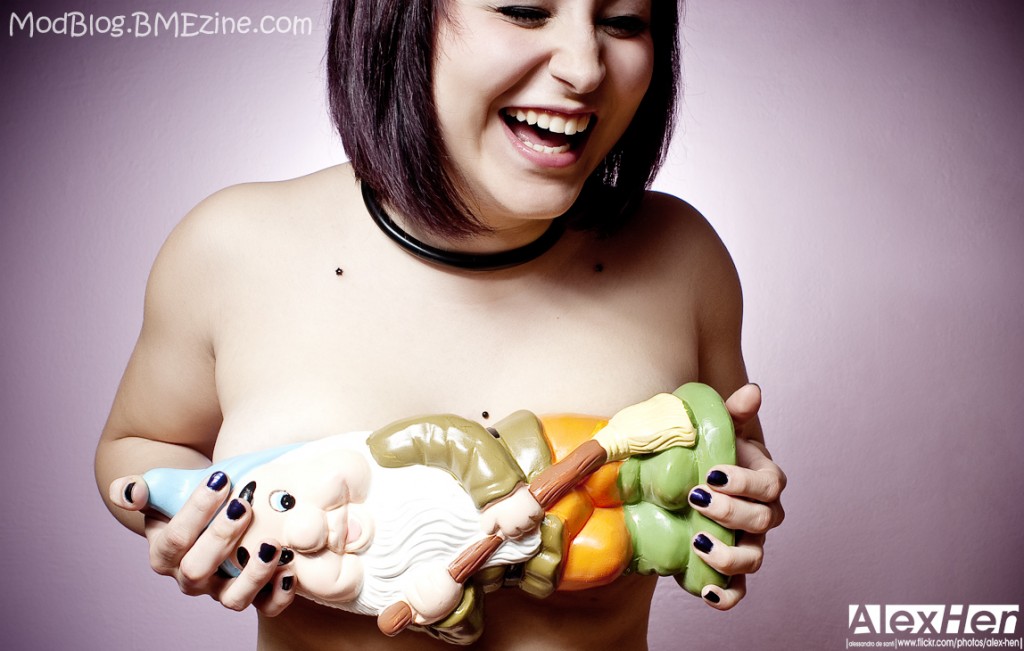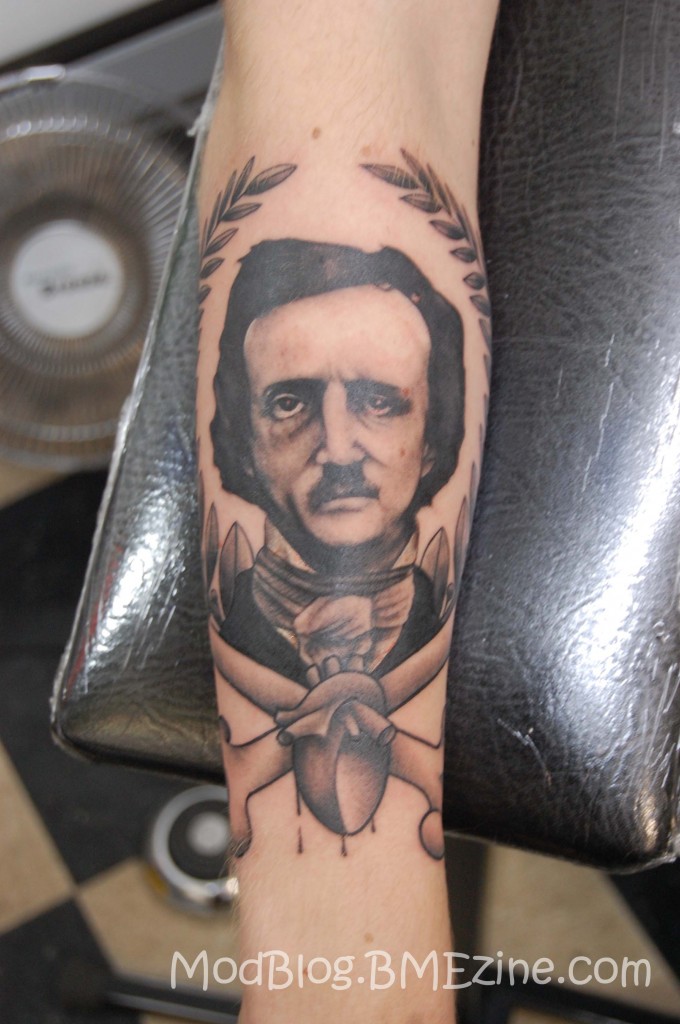There are some stories that as controversial as they may be, do need to be told. Before I begin, it’s important that you know a few things about the subject matter of the post. First off, the current Republic of Turkey wasn’t always a democratic nation. The area known today as Turkey was home to one of the earliest human settlements. Over the centuries many empires have risen and fallen, with the most notable being the Ottoman Empire, which ruled over 6 centuries until WWI. Following the first world war, and the defeat of the Ottoman Empire a military commander named Mustafa Kemal Atatürk led the country to become a democratic and secular nation. The Ottoman Empire had previously ruled under Islamic law, and when Atatürk became the first president of Turkey he moved towards the western style of democracy with the separation of Church and State. In the years following the foundation of the new Turkey, Atatürk pushed through a great many reforms to every aspect of life in Turkey. Civic courts replaced Islamic courts, women were grated equal status, and the official language was changed from Arabic to Turkish.
In the decades following Atatürk’s death, he has been acclaimed time and time again for his contributions towards cultural reforms. As for the Turkish government, it continued on following in the footsteps of it’s first leader. Over time the parties in power have changed, and currently the party in power wishes to revert the changes that Atatürk made, and return Turkey to an Islamic republic. The conservative Justice and Development (AKP) party has presently put forth a motion for a constitutional referendum that would allow them to alter the structure of the government.
As for which side in the debate is right, it is not my position to judge.
What I am here for is to share with you the reactions that of some of the Turkish people are having to these proposed changes.
More and more Turkish people, from all walks of life and socio-economic standings, are emblazoning their appendages with the signature of the controversial Turkish trailblazer Mustafa Kemal Ataturk who made Turkey the secular nation it is today. The tattoo reads simply enough “K.Ataturk” in a scripted text. The history behind the specific Ataturk signature that is used for the tattoos is as politically charged as the man himself. According to popular belief, it was the same signage that Ataturk used when he signed legislation to annihilate the Ottoman alphabet, which was in classical Arabic, in favor of a Latin alphabet that was in line with secular European nations.
The resistance to the AKP is so fierce in Turkey, that many tattoo parlors offer discounted prices for the Ataturk tattoo and some offer it entirely for free. Apparently the price for government-supported religious freedom is a price that some people are willing to pay for in blood.
I think this is the first nation-wide protest that I’ve heard of that is being spread through tattoos. Whether you agree with the position that the protesters have or not, the key thing to remember is that these people are showing to the world what their beliefs are, in the form of a permanent modification. As someone who has attended protests in the past, I’ve seen varying levels of commitment to the causes. From extremists who smash window and light cars on fire, to grandmothers holding up a sign on a lawn. I honestly can say I don’t think many of the people I have met are so passionate about their causes to have them tattooed on their bodies.
The thing to remember is that these tattoos are not just being done in protest. Many of the people getting them feel that Atatürk was the man that brought their country to the place it is now, and for them, their national identity is as much a part of them as their own skin.
Like I mentioned before, this subject isn’t one I can comment on, but what I can comment on is the level of commitment these people are displaying. Would you be willing to get a tattoo for similar reasons as these people?







